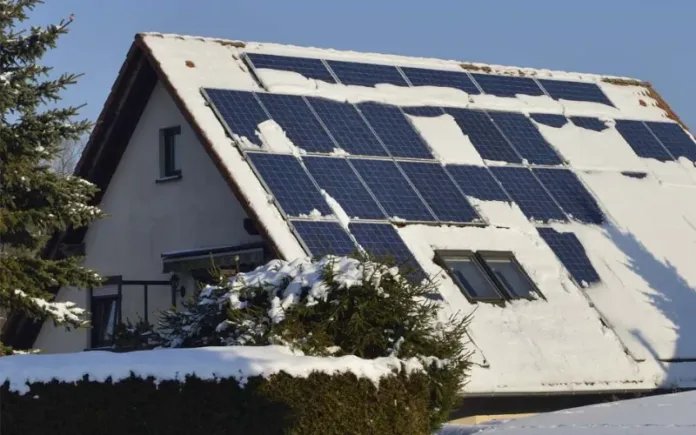For most people, adding solar power to their homes does not mean that they’ll stop using the grid completely. In fact, most solar-powered homes have grid-tied systems, which switch to grid power as soon as solar is unavailable; any excess power generated during those sunny hours is fed into the grid. Other systems have a battery backup, but they remain connected to the grid in case their stored battery power is not enough. So, how do you know if your solar power system is sufficient for you to disconnect from the grid completely? Keep reading to learn more.
Assess Your Power Needs
You most likely did a careful evaluation of your power needs when you installed your system to ensure that it would produce as much power as you consume in your home. However, it’s a good idea to review your usage and determine whether or not your peak energy demands have changed. Look at how often you’re still tapping into the grid, and how your energy needs might have changed since first installing your system.
Evaluate System Size
Now, take another look at your current system’s size. Is it enough to meet your energy consumption? If you’re tapping into the grid a lot, regardless of whether you have a grid-tied or hybrid system, you probably need to add another solar panel or 2 to meet your energy needs. If you have a hybrid system, you’ll also want to take a close look at your battery bank’s size; most solar users find that they need to increase the size of their solar battery bank when switching from hybrid to off-grid.
Add Necessary Equipment
Once you’ve assessed your power needs and your current system’s capabilities, it’s time to add any equipment that’s necessary to bring your system up to snuff. As already mentioned, this might mean adding a couple more solar panels, as well as a few more batteries. In some cases, increasing the size of your array will also mean that you need to replace your inverter, as you want to ensure it’s able to handle the higher energy load.
If you have a grid-tied system, more equipment will be essential to making the change to off-grid. You’ll need a Sunny Boy inverter for off-grid battery bank connections, as well as the battery bank itself. Without this backup power source, your home will go dark as soon as the sun sinks below the horizon. If you have all of the right equipment installed in your home, you could be ready to cut the cord—metaphorically, of course—and disconnect from the grid for good.
